
Predicting the Woman Hairstyles of the Future: 7 Trends Shaping the Next Decade | Tech & Sustainability
12 min read

12 min read

12 min read
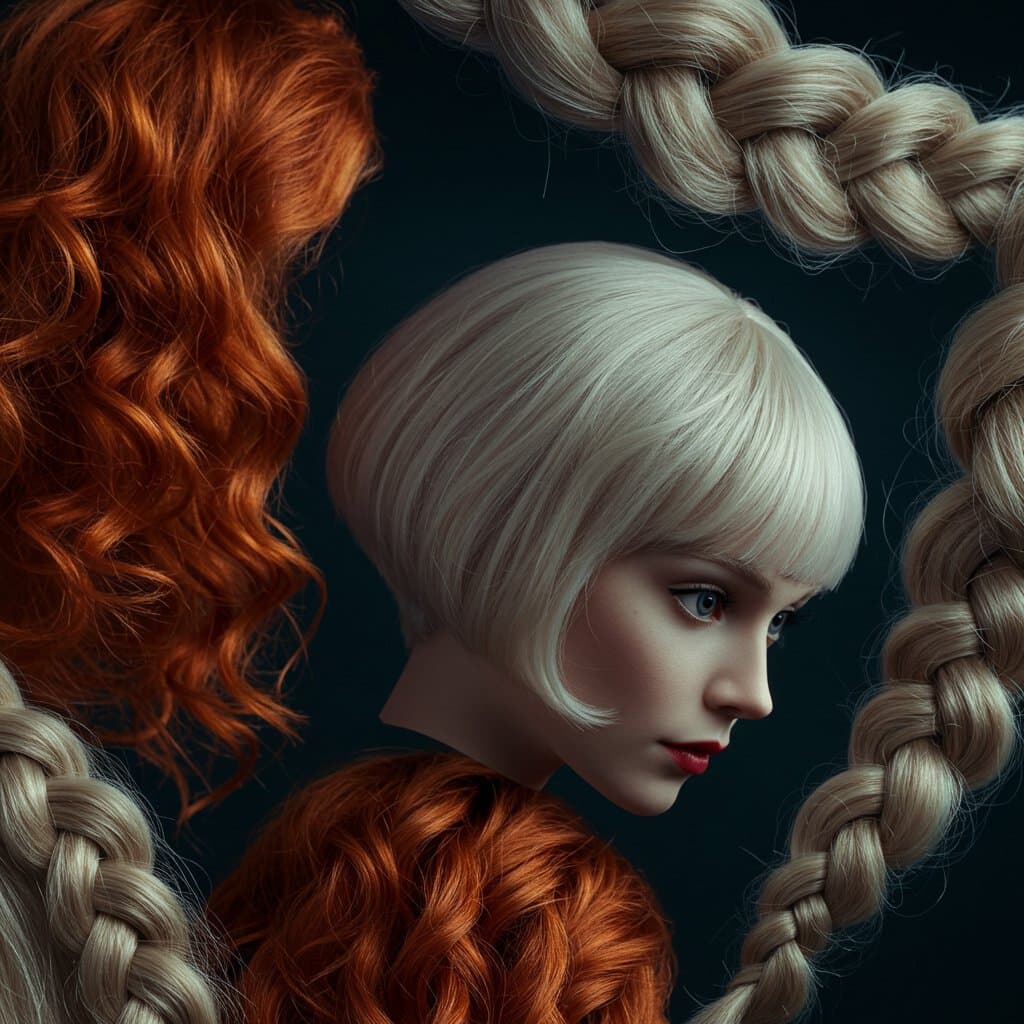
14 min read
Download our app to instantly see how you'd look with any hairstyle or color
Get the App
17 min read

11 min read

12 min read
Download our app to instantly see how you'd look with any hairstyle or color
Get the AppIt’s a simple flick of the comb, a gesture we perform daily without a second thought. Yet, the way you part your hair holds a surprising amount of power. The decision between a center part vs. a side part can dramatically alter your appearance, frame your face, and even influence perceptions. This seemingly minor detail can soften sharp angles, create the illusion of volume, highlight your best features, and completely redefine your personal style. It’s the architectural foundation of your hairstyle, dictating how your hair falls, moves, and interacts with your features. In this comprehensive guide, we will delve deep into the world of hair parting, exploring the nuances of the classic center part, the versatile side part, and how factors like your face shape and hair texture play a crucial role in finding the most flattering option for you. Prepare to see your hair—and your comb—in a whole new light.
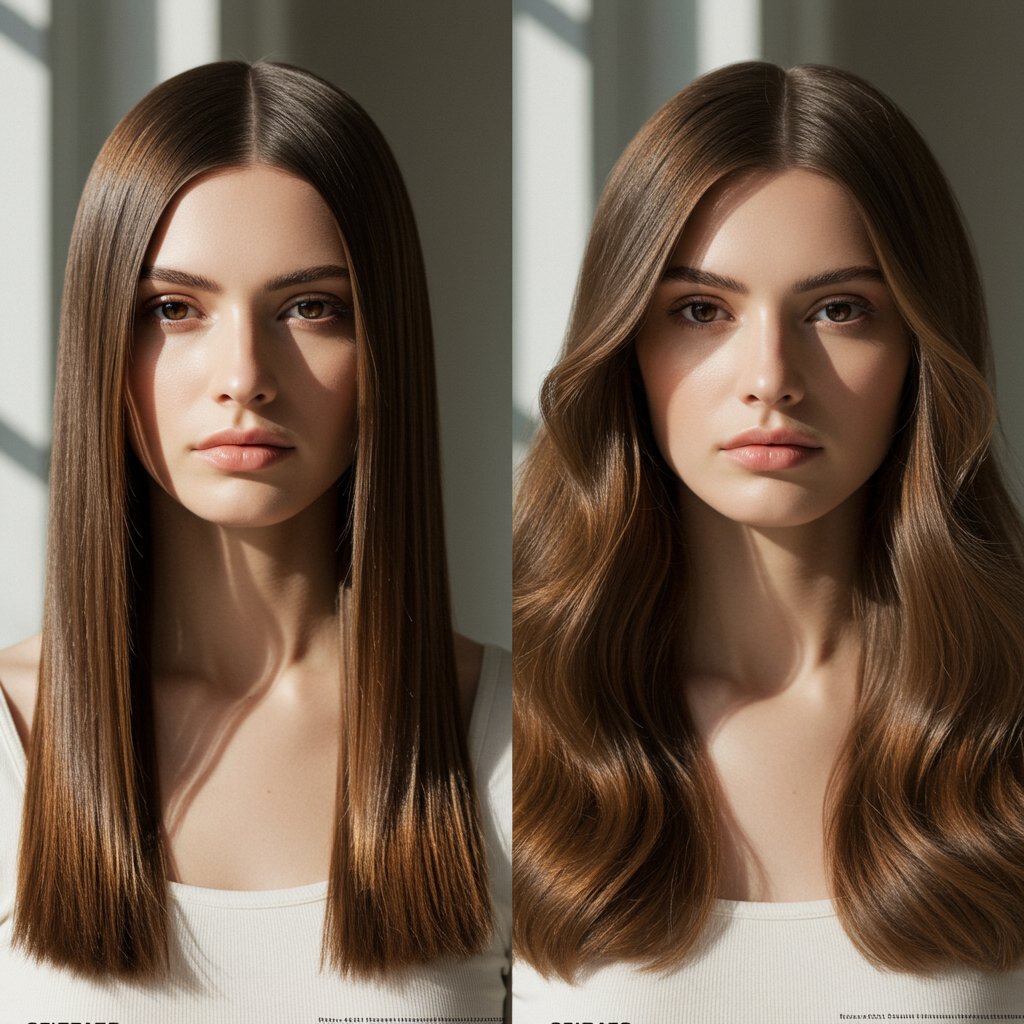
Believe it or not, hair parts have a rich history and subtle psychological undertones. Throughout different eras, the placement of a part has signified everything from social status to rebellion. The stark, symmetrical center part has often been associated with periods of classical beauty, purity, and straightforwardness, from ancient Greece to the bohemian styles of the 1970s. Its inherent balance can project an image of confidence, openness, and even a touch of severity. It demands attention and presents a very direct, face-forward look that can be both powerful and elegant.
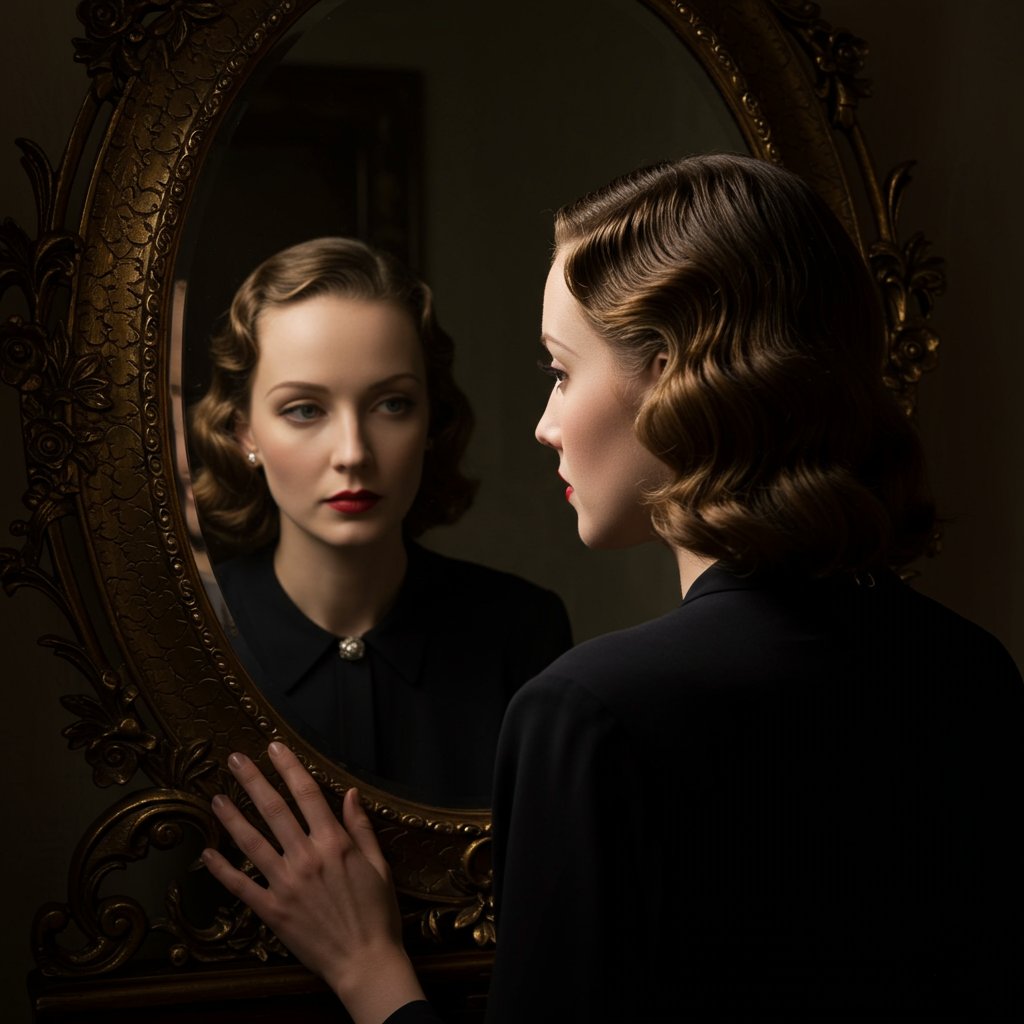
Conversely, the side part has long been the go-to for classic Hollywood glamour, professional settings, and styles that aim for softness and approachability. The asymmetry of a side part can create visual interest, add softness to the face, and is often perceived as more dynamic and less formal than a center part. A deep side part, in particular, can evoke a sense of mystery, drama, and sophistication. These cultural associations, while not rigid rules, subtly influence how we perceive a hairstyle. Choosing your part is not just a practical decision; it’s a stylistic one that taps into a long lineage of beauty and expression.
The center part has experienced a major resurgence, becoming a signature look for those embracing minimalist, sleek, and effortlessly cool aesthetics. Its primary strength lies in its ability to create perfect facial symmetry. By dividing the hair into two equal sections, it draws a direct line down the middle of the face, highlighting features like the eyes, nose, and lips. This can have an elongating effect, which is particularly flattering for those with rounder or shorter face shapes who wish to create the illusion of length. It’s a bold statement that exudes confidence and a sense of being put-together without trying too hard.
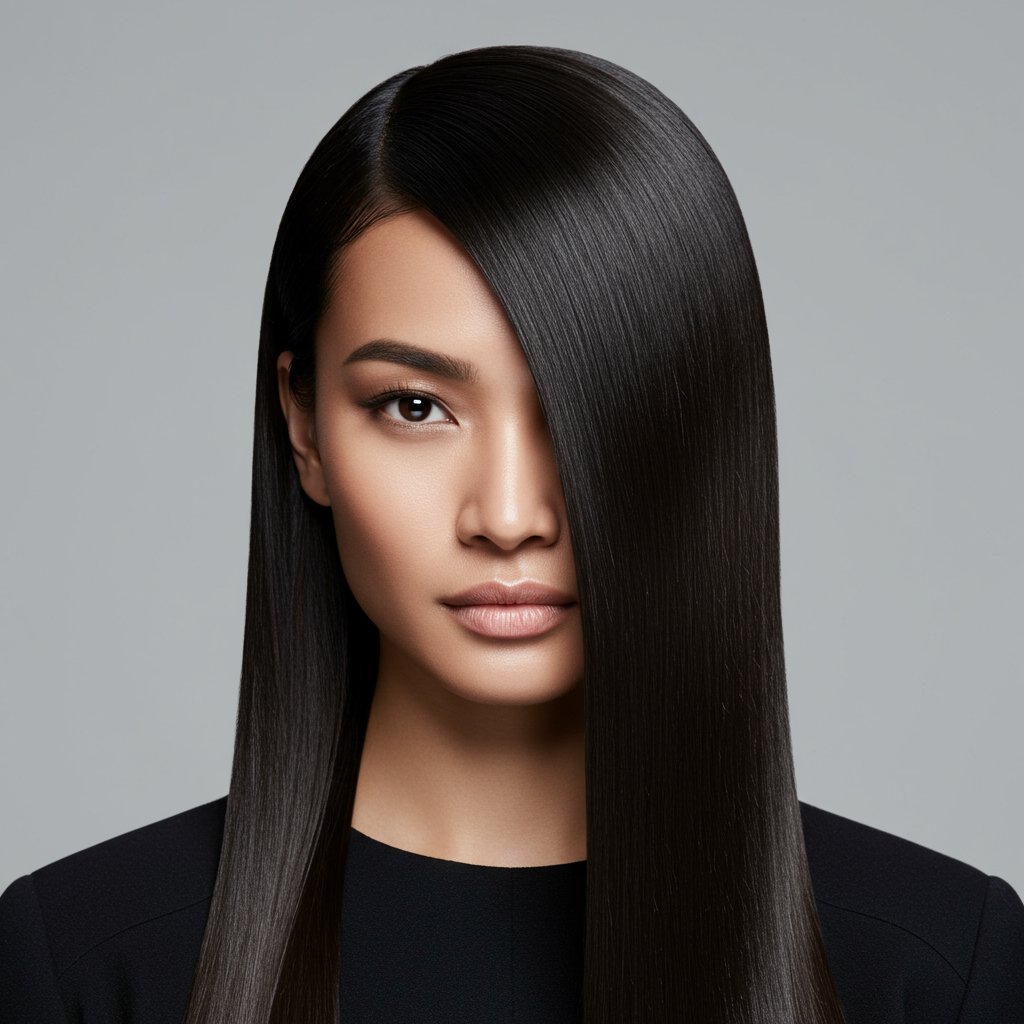
However, the very thing that makes the center part powerful—its symmetry—can also be its biggest challenge. If you have any natural asymmetry in your facial features, a center part can inadvertently draw more attention to it. It can also lie flat on the scalp, which may not be ideal for those with fine or thin hair seeking volume at the crown. Despite these considerations, the center part remains a timeless and versatile choice. It works beautifully with long, straight hair for a chic, polished look; with a sharp bob for a modern, architectural feel; or with loose waves for a relaxed, bohemian vibe. It’s a clean canvas that allows your facial features and the texture of your hair to take center stage.
The side part is the undisputed champion of versatility. Whether it’s a subtle part just off-center or a dramatic, deep side part that sweeps across the forehead, this style offers a multitude of options to suit any occasion, hair type, or mood. One of its most celebrated benefits is the instant illusion of volume it creates. By flipping the hair over to one side, you are working against the natural growth pattern, which lifts the roots and adds height and body right where it’s needed most. This makes it an excellent choice for individuals with fine or thinning hair.

Beyond volume, the side part excels at softening facial features. The diagonal line it creates across the forehead can break up the harshness of a square jawline or balance the width of a heart-shaped face. It adds a gentle, romantic quality to any hairstyle and is often considered universally flattering. Finding your perfect side part is an art in itself. A classic tip is to align the part with the arch of your eyebrow for a natural and balanced look. For a more dramatic and glamorous effect, a deep side part starting from the outer corner of the eye can create a stunning, face-framing sweep that is perfect for evening events or when you want to make a statement.
While personal preference is key, understanding your face shape is the most effective way to determine whether a center part vs. a side part will be most flattering. An experienced stylist can provide a personalized analysis, but here is a general guide to help you identify the best options for your unique features.
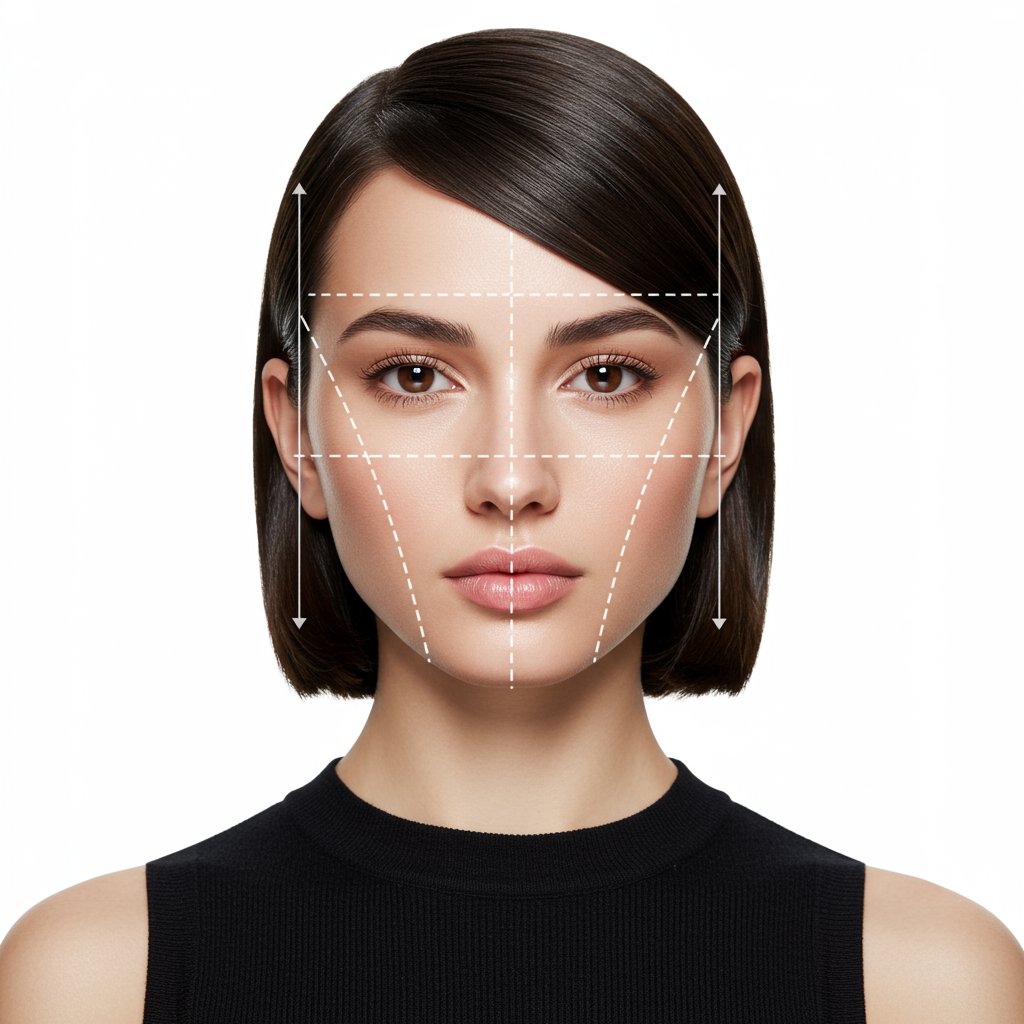
Beyond face shape, your hair's natural texture and density play a significant role in how a part will look and behave. What works for fine, straight hair might not be the best choice for thick, curly hair.
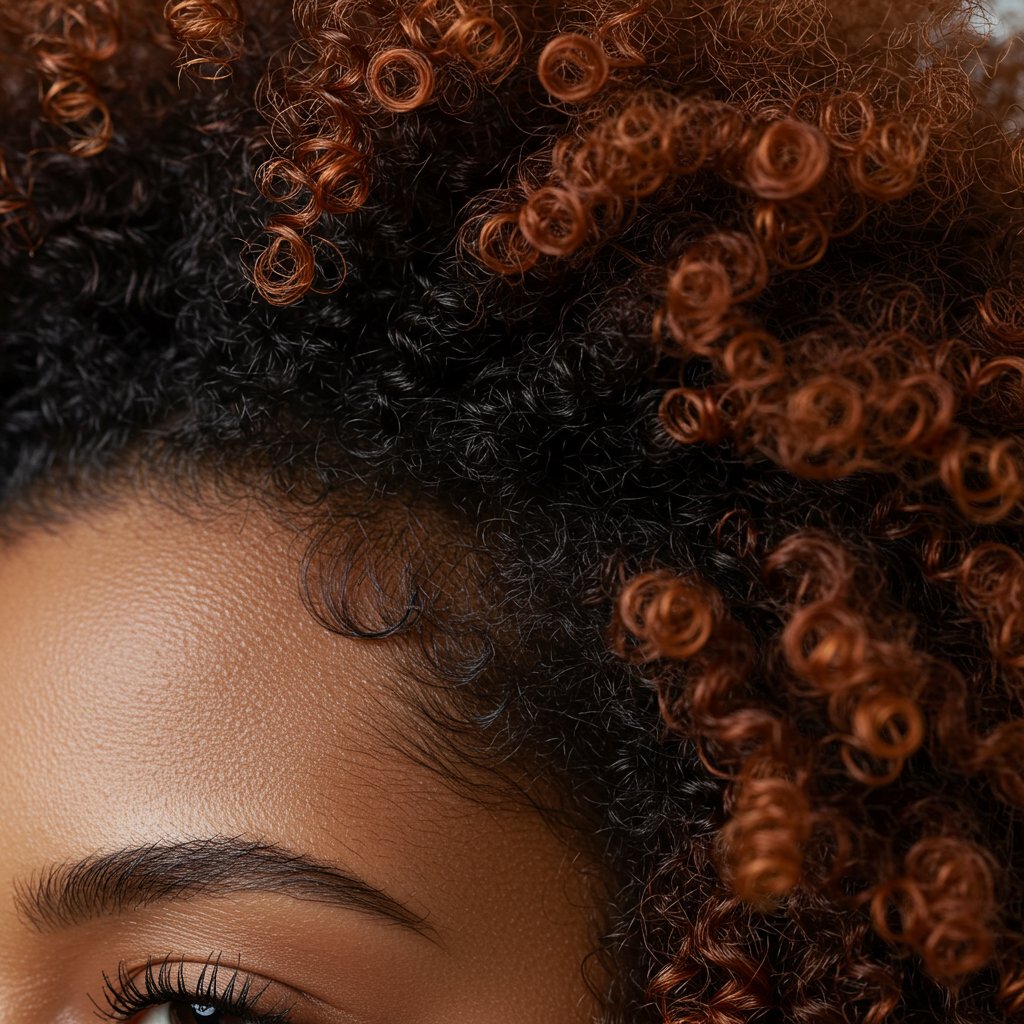
For fine or thin hair, a side part is often the hero. As mentioned, it helps to create instant lift and volume at the roots. A center part can sometimes make fine hair appear flatter and can expose more of the scalp, which you may want to avoid.
For thick or coarse hair, a center part can be a great way to manage and distribute the weight of the hair evenly. It can create a sleek, controlled look. However, a side part can also work well to add movement and break up the density.
For curly and wavy hair, a side part is often recommended to avoid the dreaded "triangle" shape that can occur with a center part. A side part or even a messy, less-defined "zig-zag" part allows curls to lie more naturally and creates a more balanced, voluminous shape. Precision isn't always the goal with curly hair; embracing the natural texture is key.
Switching your part can feel awkward at first because your hair has been "trained" to fall in a certain direction. With a little patience and the right techniques, you can convince it to go a new way.
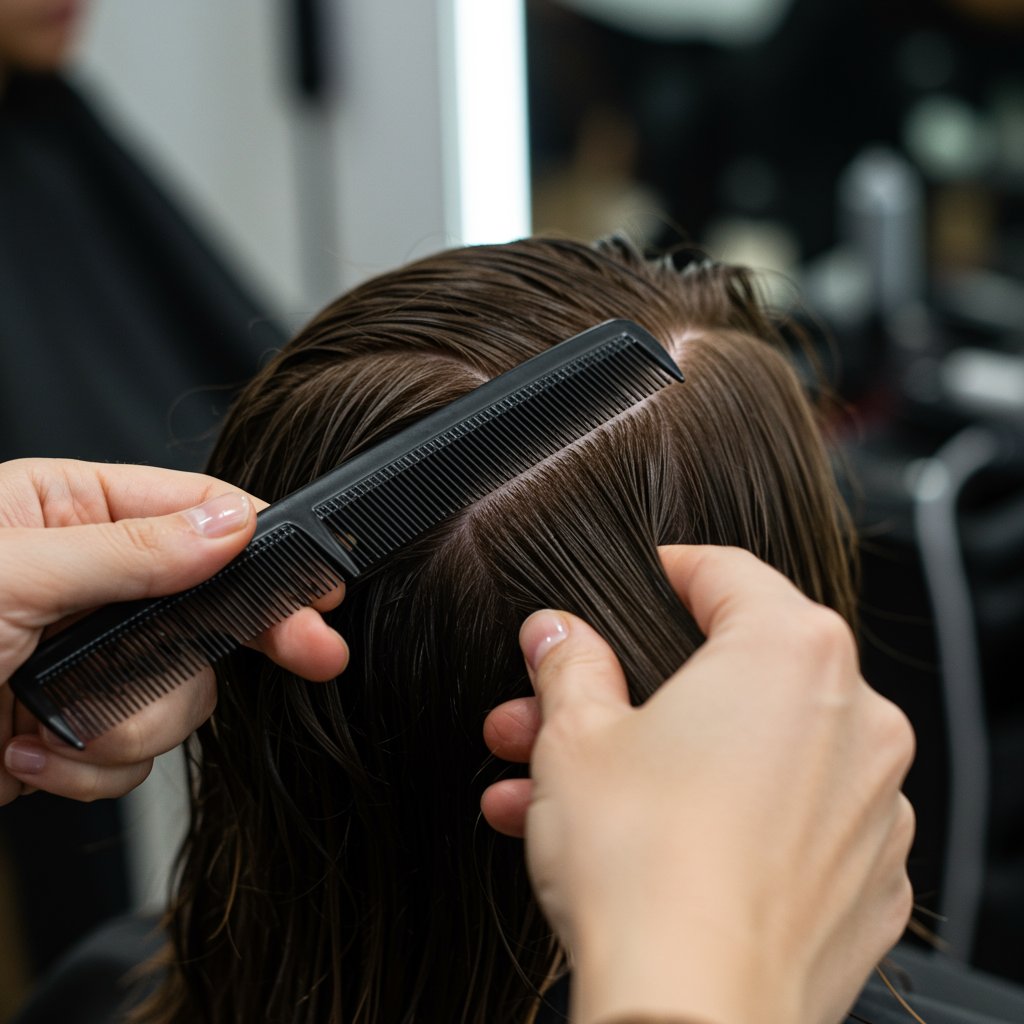
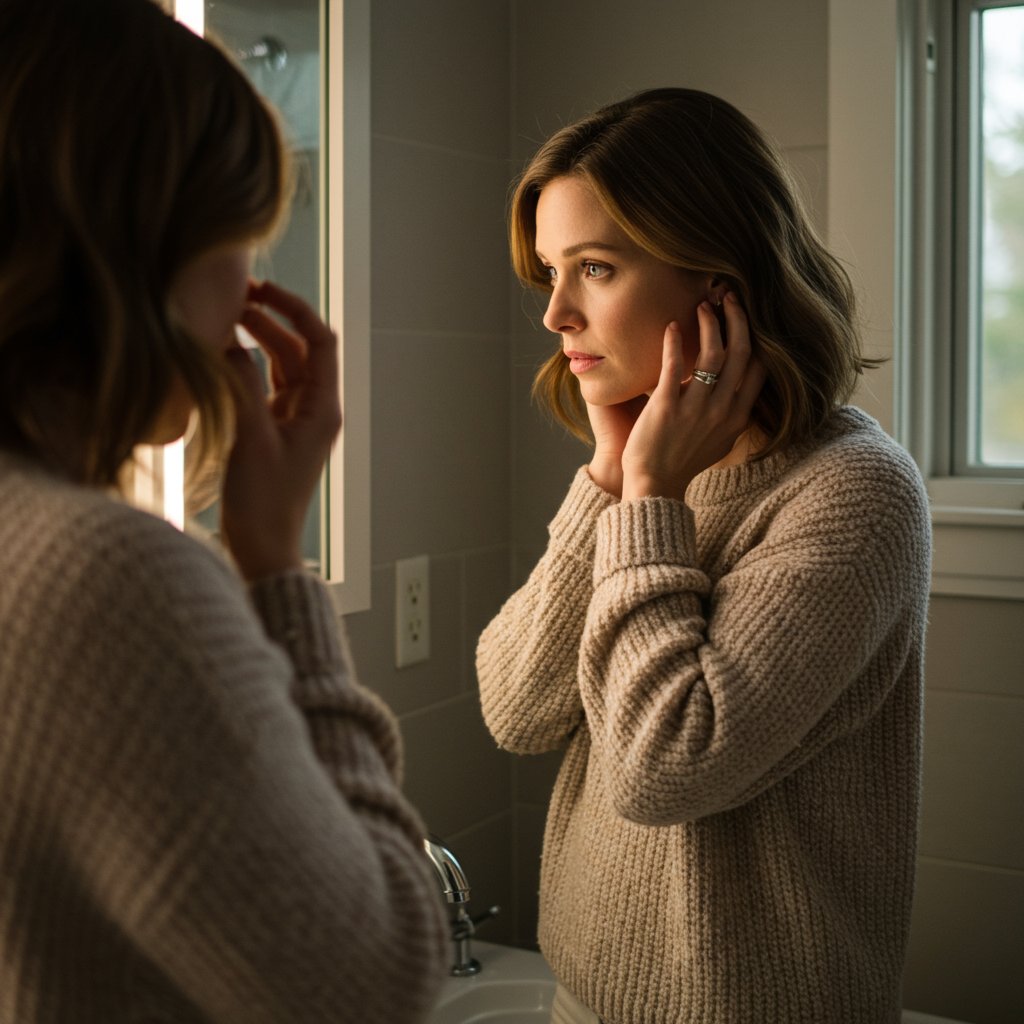
The debate between a center part vs. a side part isn't about one being definitively better than the other; it's about discovering which one is better for you. By considering your face shape, hair texture, and personal style, you can transform your entire look with a simple change in your part. Don't be afraid to experiment. Try a deep side part for a night out or a sharp center part for a week to see how it feels. The most important rule in hair styling is that there are no hard and fast rules. The perfect part is the one that makes you feel confident, beautiful, and authentically yourself. For a truly personalized recommendation, consulting with a professional hair stylist can provide invaluable insight, helping you find the perfect part that harmonizes with your features and elevates your style.
Download our app to instantly see how you'd look with any hairstyle or color
Get the App
12 min read

12 min read

14 min read